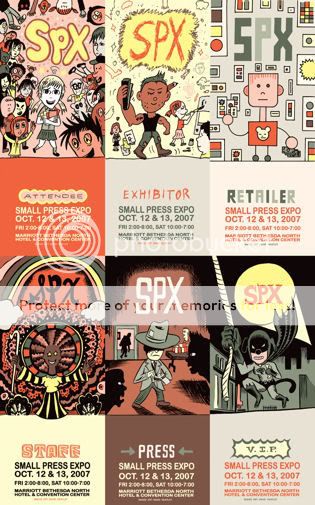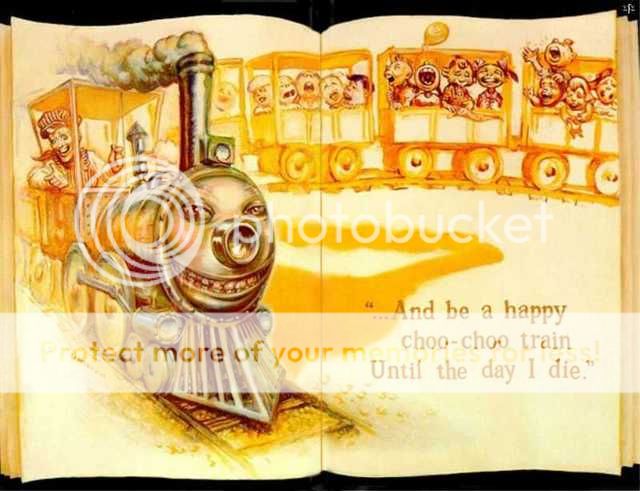Read: The Waste Lands–“Bridge and City,” parts 16-22
Hey, it’s still pretty good! Actually, it’s getting better as it goes. Already several of yesterday’s predictions regarding fun genre tropes have already come to pass. It’s tough to argue with the idea of a future civilization of mad urban warriors ritualistically killing someone every time the drumbeat from ZZ Top’s “Velcro Fly” is played on the city’s PA system, you know? It reminded me (I think I’ve mentioned this before) of the way the Eloi just calmly walked right into the Morlock’s lair and to their own deaths every time the air-raid sirens were switched on in The Time Machine, without a clue as to the meaning behind the sirens. In this case, though, the Pubes (the drumbeat-killers) believe the drums to be the work of demons, a non-trivial possibility in this world. Of course, it’s just the savvier Grays, who it seems should really have wiped these Pube clowns out by now.
While Eddie and Susannah deal with that, Jake continues his descent into the Grays’ labyrinth, in a journey that’s like a nightmare, child-abusing version of The Goonies. Gasher, his captor, is like the Pubes we meet an extremely believable villain. You don’t doubt for a second that he’s bad news through and through, but there’s a weight to his cartoonishness, expressed best through his gutter slang and his resigned, almost curious attitude toward both death and youth, that actually makes you feel that he arrived at his current evil state via a lifetime of conscious choices and victimizing circumstance, as opposed to just being conjured up to play the heavy by Steve-o.
Here are three things I want to see as this section progresses:
1) A talking train
2) Gasher getting killed
3) Oy surviving
Again, here’s hoping.
And here are two quotes I wanted to call out.
At some point the sound of the drums began. It seemed to come from everywhere and nowhere, and for Jake it was the final straw. He gave up hope and thought alike, and allowed himself to descend wholly into the nightmare.
Very Clive Barker!
He was bald except for two fluffs of frizzy red hair, one on each side of his head. To Susannah, this fellow looked like Clarabell the Clown; to Eddie he looked like Ronald McDonald; to both of them he looked like trouble.
Sound like anyone we know? I’ll give you a hint:
There was a clown in the stormdrain. The light in there was far from good, but it was good enough so that George Denbrough was sure of what he was seeing It was a clown, like in the circus or on TV. In fact he looked like a cross between Bozo and Clarabell, who talked by honking his (or was it her? — George was never really sure of the gender) horn on Howdy Doody Saturday mornings — Buffalo Bill was just about the only one who could understand Clarabell, and that always cracked George up. The face of the clown in the stormdrain was white, there were funny tufts of red hair on either side of his bald head, and there was a big clown-smile painted over his mouth. If George had been inhabiting a later year, he would have surely thought of Ronald McDonald before Bozo or Clarabell.
Of course, that gentleman’s name was Mr. Robert Gray, not Winston, and it took a lot more than a shot from a Ruger to do away with him. Still, wheels within wheels, man.



















